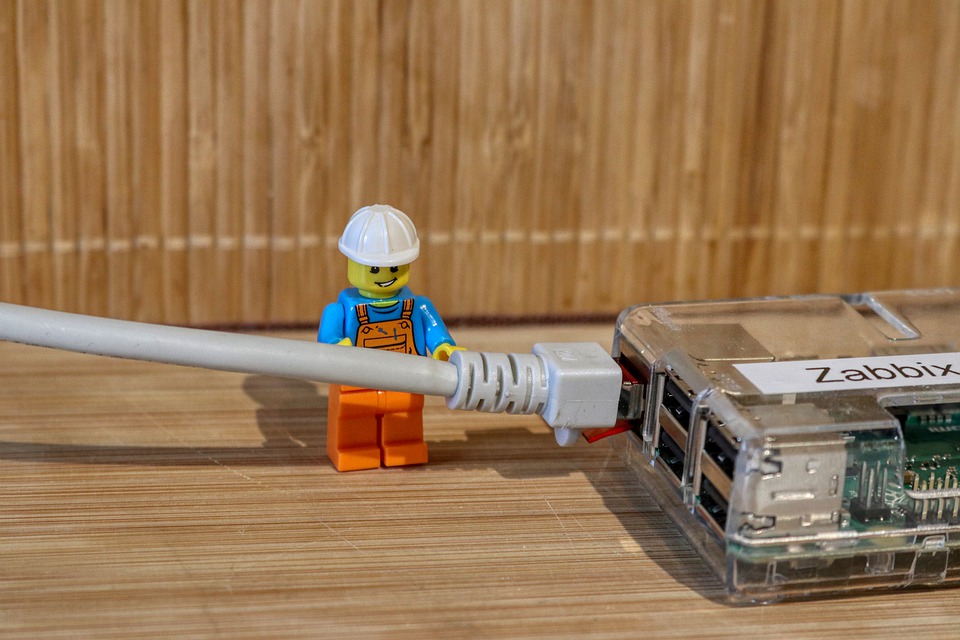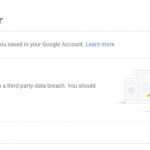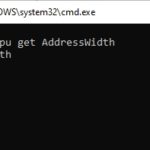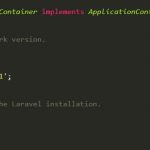DSL stands for Digital Subscriber Line, and it’s a type of internet connection that runs over your phone line. DSL connections are typically faster than dial-up connections because they use less bandwidth, but they can be more expensive and difficult to install. It also uses a different kind of modem than dial-up does. If you’re looking for the fastest possible connection, then you’ll want to consider DSL as an option!

Table of Contents
What is DSL?
Dial-up is an older method of connecting to the internet that can be pretty slow and doesn’t allow your computer to connect to the internet at all times (meaning if you’re on a phone call, or someone is using the phone line, you won’t be able to access the internet).
DSL allows users to surf the web with a fast, always-on internet connection. It’s typically a little slower than a traditional cable or fiber optic modem, but it’s much cheaper and easier to install. DSL lines use a different kind of modem from those used by dial-up modems.
DSL is an always-on connection that is faster than dial-up internet connections. Additionally, DSL uses different technology as far as the type of modem that you will require for access. If you are looking for the fastest possible internet connection then you may want to consider DSL as your option!
A DSL modem is required, which connects to the telephone wall jack and computer. A gateway or router is used to convert the computer’s digital signals into voltage sent over the phone lines to a central hub known as a Digital Subscriber Line Access Multiplier.
Because each service uses its own frequency band, simultaneous voice and DSL may coexist on copper lines. Signals from the Internet use a much greater frequency range than vocal signals. The voice band is tightly controlled, with a tiny filter on all home phone lines suppressing the higher frequencies to prevent signal noise from bleeding into it.
The service road is bifurcated into two directions, or down and up signals. You are asking for something from the Internet when you click on a link. You’re initiating upstream connections by carrying out that. The client’s original website is considered the source site. The returned webpage, in turn, becomes downstream traffic.
Benefits of DSL in Comparison to Dial-up
- DSL is faster than dial-up, allowing you to surf the web with a fast connection. It’s also typically cheaper and easier to install.
- DSL uses less bandwidth than dial-up which makes it more efficient and economical.
- DSL is always on, meaning you don’t have to wait until the call connects in order to go online like with a dial-up modem. You can enjoy constant access even while talking on the phone or making a call over that same line!
FAQ
What exactly do I need for a DSL connection?
In order to receive DSL internet service, you’ll need a landline phone and a special type of modem called a DSL modem Your ISP will provide these things when you sign up for DSL service. Most people use the same phone line to send and receive calls, so there’s no need to have a separate phone line just for internet access.
How is DSL different than cable?
Cable offers faster speeds than DSL (because it uses a wider band) but it’s more expensive. Cable lines are shared, meaning that if one person in an area is using the line then other people can’t use it until they’re done. This makes it less reliable for things like streaming music or watching videos.
The cable also requires professional installation and modems cost upwards of a hundred. DSL doesn’t have any of these restrictions so anyone can sign up without waiting, leave whenever they please, and pay less for their monthly service.
Who provides DSL?
There are many national companies that provide DSL services. For example, Verizon Communications offers DSL internet service across the U.S., and SBC/ATT provides DSL internet access in many parts of the country.
Even smaller ISPs offer DSL along with a variety of other services including cable TV, VOIP phone service, and more!
Why is my download speed slower than advertised?
There are a number of factors that may play into the issue of why you’re experiencing slower speeds than expected when downloading content from websites.
It could be due to things like too many people using one line at once, or even issues on your ISP’s end. If you have been experiencing this for long periods of time then it would be worth giving them a call to find out what they can do to help you!
How does DSL use a phone line?
You might be wondering how a DSL connection uses a landline phone in order to work. DSL sends information over the same telephone wire that your phone normally uses, which means you can still make calls while using your internet service without any issue.
This is why it’s always on and also why there’s no need to wait for a dial tone when calling out with a DSL modem.




